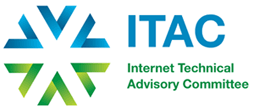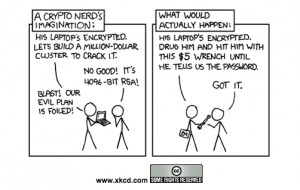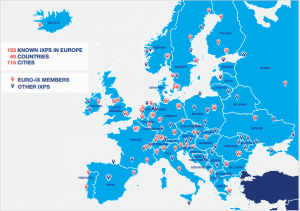By Verena Weber OECD Economist/Policy Analyst
During the past two decades, the Internet has become a key platform for innovation and economic growth. By fostering the free flow of information, it has increased transparency, opened new territories and, as a consequence, lowered entry barriers to markets and created new business opportunities. Its open nature has also facilitated inclusion – anyone can develop new applications and services that, in turn, can be used anywhere in the world.
The OECD has a long history and expertise in analysing how to best promote the dynamic nature of the Internet while, at the same time, protecting privacy, security and intellectual property. Against this background, the OECD Council adopted the Recommendation for Internet Policy Making Principles in 2011. It contains a set of 14 principles that call for a holistic approach to Internet policy making along the entire Internet economy value chain from investments in high-speed networks and services to the promotion of creativity and innovation on the application layer while protecting privacy and security.
Importantly, the Recommendation puts forward three overarching principles to guide the further development of the global Internet economy: (i) the promotion of the global free flow of information, (ii) the preservation of the open, distributed and interconnected nature of the Internet and finally, (iii) the adoption of a multi-stakeholder approach to developing Internet policies which guarantees transparency and effectiveness. During the past years, discussions and policy making processes in the OECD Committee for Information, Computers and Communication Policy have greatly benefitted from input from various stakeholder groups including the Internet technical community, civil society, and business.
Pursuing this multi-stakeholder approach to policy making is crucial to the future of the Internet economy. The OECD is currently setting up a multi-stakeholder voluntary expert group to develop a roadmap for the implementation of the OECD Recommendation. We welcome the active participation of the Internet technical community to this group and its contribution to developing policies that support and promote a dynamic, open and inclusive Internet economy.








